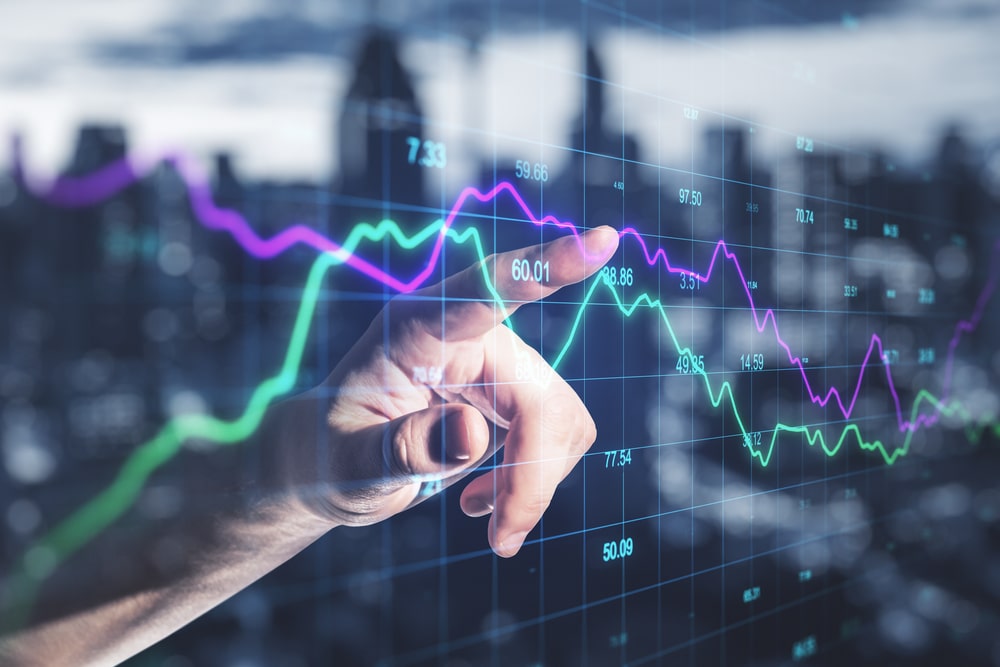
Global credit risks are rising, as fears of recession loom according to a new report
The European gas crisis, high inflation in US and Europe, The Chinese property market crisis, Russian-Ukraine conflict and policy measures in response to the economic and social pressures associated with the “cost-of-living” crisis are all combining to increase global credit risks, argues Fitch Ratings in a new report.
Globally, the economic picture is dire. Fitch revised its base core forecast in September to include a recession in both US and Europe for 2023. Similarly, many analysts such as Goldman Sachs believe that the current credit markets are not pricing in a recession.
In the UK, a poll by Deloitte, as quoted in The Guardian, found that a majority of financial directors expected revenues to fall by over the next 12 months and that the priorities will be to cut costs and control the outflow of cash.
Similarly, S&P Global’s Eurozone flash composite Purchasing Managers’ Index (PMI) fell to 47.1 in October from 48.1 in September, and was the lowest reading since November 2020, sparking fears that the Eurozone is in recession.
With global inflation on the rise, central banks will be forced to push up rates, a move that many analysts believe could burst the bubble of private debt.
Private debt, referred to as non-bank lending, was popularised in the wake of the 2008 financial crisis, as many banks restricted and withdrew lending to smaller and risker firms, who in turn resorted to non-bank lending to secure their loans.
Consequently, this asset class grew dramatically from $14 billion in December 2000 to $311 billion in 2010 according to analysis by Prequin, a data provider. In December 2021, this figured reached $1.22 trillion.
Yet, until the COVID-19 pandemic, this asset class has not been tested until now, with future bank rates rises and an economic recession expected to put severe pressure on the private debt class.
This is mainly because a rise in interest rates, will increase the cost that borrowers will have to pay to service their debts, which will have to be passed onto consumers or absorbed by the borrowers themselves.
Many investors could find themselves with higher default rates and losses, meaning that the private debt bubble may well and truly have burst.

Related Articles
Credit and surety
Credit and surety
Credit and surety